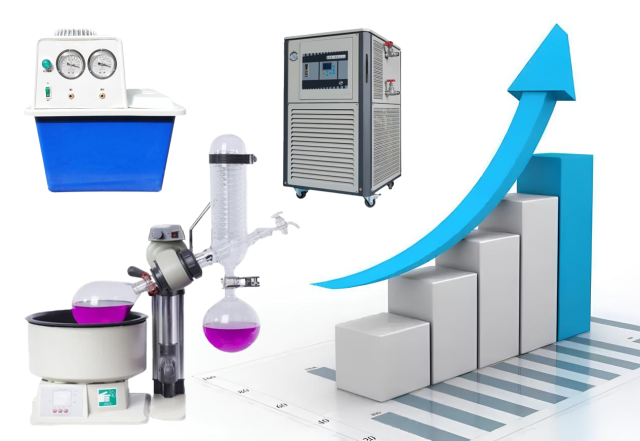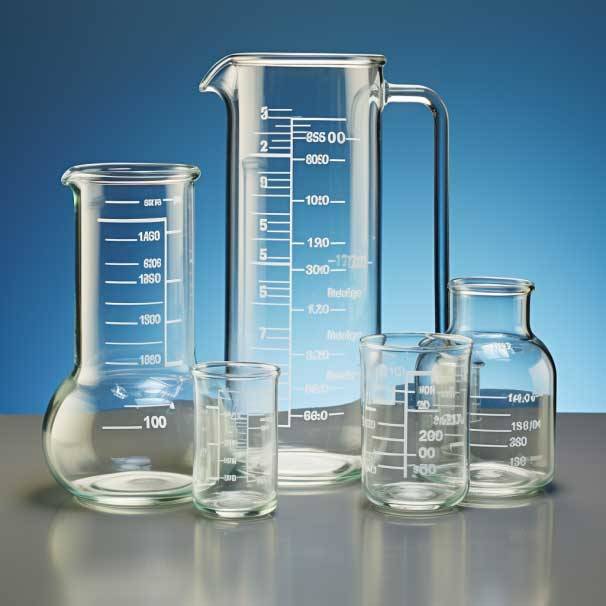Introduction to Rotary Evaporation
Rotary evaporation is a technique used to separate solvents from a sample through the removal of volatile components. It involves placing a sample in a round bottom flask and rotating it while under vacuum. The solvent is then evaporated and condensed, leaving behind the sample. Rotary evaporation is commonly used in chemistry and biology for the concentration and purification of samples. It is an efficient and reliable method that allows for the recovery of solvents, reduces the risk of contamination, and saves time and money.
Table of Contents
Benefits of Using a Rotary Evaporator
When it comes to sample extraction, a rotary evaporator has become an indispensable tool in the laboratory. Here are some of the benefits of using a rotary evaporator:
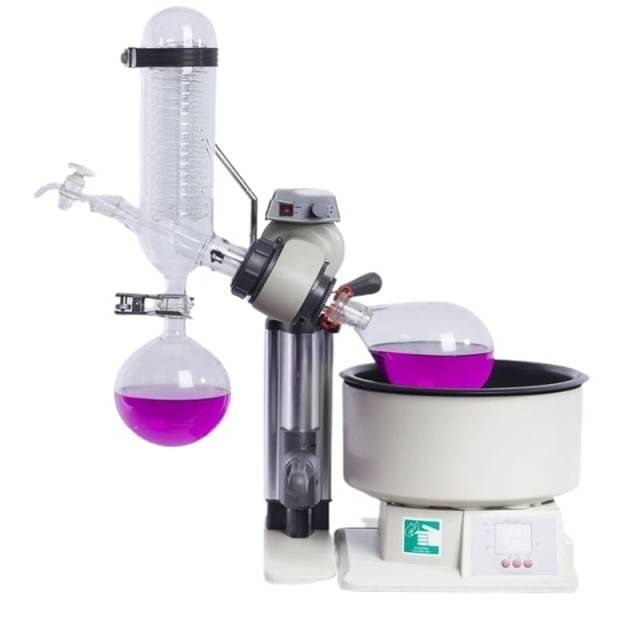
Faster Extraction Times
A rotary evaporator allows for a faster extraction process compared to other conventional methods. This is due to the fact that evaporation is done under vacuum conditions, which reduces the boiling point of the solvent. Thus, the process of separating the solvent from the sample can be done more quickly and efficiently.
Increased Purity of Extracted Substances
A rotary evaporator can also help to increase the purity of the extracted substance. By using a rotary evaporator, the solvent can be evaporated under reduced pressure and at a lower temperature, which reduces the risk of thermal degradation. This results in a more pure and concentrated extract.
Improved Reproducibility of Results
Using a rotary evaporator can help to improve the reproducibility of results. With the use of precise temperature and vacuum controls, researchers can ensure that each extraction is done in a consistent manner. This leads to more reliable results and reduces the risk of errors.
Cost-Effective Alternative
Using a rotary evaporator can also be a cost-effective alternative to other extraction methods. For example, using a rotary evaporator can help to reduce the cost of purchasing large quantities of solvents, as the solvent can be recovered and reused.
Reduced Risk of Contamination
A rotary evaporator can also help to reduce the risk of contamination. By using a closed system, the risk of exposure to air and other contaminants is reduced. This can be particularly important when working with sensitive samples or when dealing with hazardous substances.
Overall, the benefits of using a rotary evaporator are clear. By using this tool, researchers can achieve faster extraction times, increased purity of extracted substances, improved reproducibility of results, and reduced risk of contamination. Additionally, using a rotary evaporator can be a cost-effective alternative to other extraction methods.
Two Crucial Pieces of Equipment
When working with plant materials or other substances, maximizing extraction efficiency is crucial to obtaining the highest quality results. One piece of equipment that can greatly aid in this process is a rotary evaporator. However, in order to fully maximize the efficiency of this tool, there are two crucial pieces of equipment that must be used in conjunction: a vacuum pump and a chiller.
Vacuum Pump
The vacuum pump is essential to the rotary evaporator's operation because it helps to create a low-pressure environment within the system. This low pressure is necessary to reduce the boiling point of the solvent being used, allowing it to evaporate at a lower temperature and therefore preserving the integrity of the sample being extracted. Without a vacuum pump, the rotary evaporator cannot function properly and the efficiency of the extraction process will be greatly diminished.
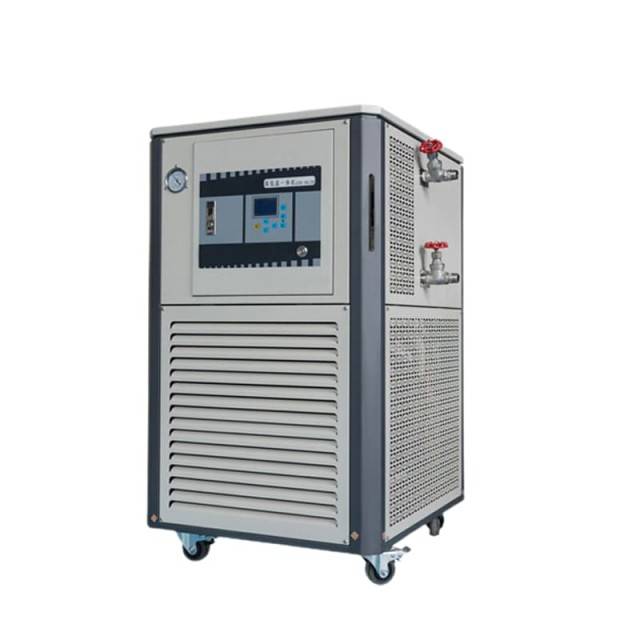
Considerations for selecting the optimal vacuum pump include:
- Oil-free operation with excellent chemical compatibility
- Ability to process wet vapours
- Ultimate depth of vacuum
- Flow rate in proportion to the system volume
- Solvent recovery options at both the inlet and the outlet
- Adjustable control of vacuum levels
Chiller
The chiller, on the other hand, is necessary to maintain a consistent and low temperature within the rotary evaporator. This is important because as the solvent evaporates, it can create heat which can potentially damage the sample being extracted. By using a chiller, the temperature can be controlled and maintained at the optimal level, ensuring that the extraction process is both efficient and safe.
In a rotary evaporator setup, the cooling condenser (either dry-ice or recirculating) will enable the recovery of the separated solvent. The condenser coils or cold fingers are generally paired with circulating tap water or dry ice. While these methods are adequate for the purpose, constant changing of water to prevent algae buildup can get wasteful, along with a constant need for dry ice. Many manufacturers now offer circulating chillers which can be attached to evaporators, allowing for highly efficient condensation without the waste associated with using tap water or dry ice.
In conclusion, when working with a rotary evaporator to maximize extraction efficiency, it is important to use both a vacuum pump and a chiller in conjunction. By doing so, the integrity of the sample being extracted can be preserved and the efficiency of the process can be greatly improved.
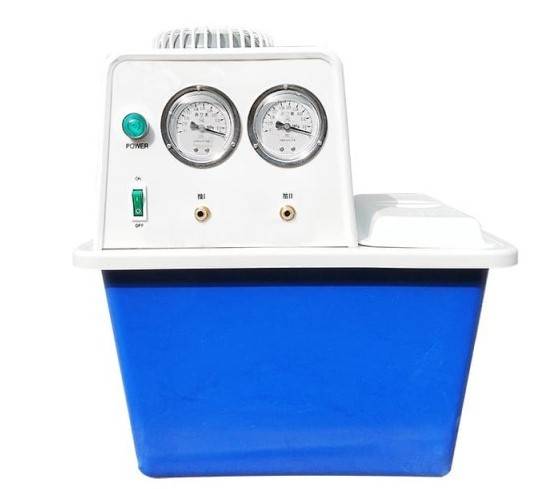
Considerations for selecting a vacuum pump
When it comes to maximizing extraction efficiency with a rotary evaporator, selecting the right vacuum pump is crucial. Here are some key considerations for selecting a vacuum pump for your rotary evaporator:
Type of vacuum pump
The two main types of vacuum pumps used in rotary evaporators are oil-sealed rotary vane pumps and diaphragm pumps. Oil-sealed rotary vane pumps are more commonly used due to their high vacuum capabilities, but they require regular maintenance and can contaminate the sample with oil vapors. Diaphragm pumps, on the other hand, are oil-free and low-maintenance, but have a lower vacuum capacity.
Volume of the sample being evaporated
When selecting a vacuum pump, it is important to consider the volume of the sample being evaporated. A larger sample volume may require a more powerful vacuum pump to achieve the desired evaporation rate.
Desired evaporation rate
The desired evaporation rate is another important consideration. A more powerful vacuum pump can achieve a faster evaporation rate, but it may also increase the risk of bumping and other sample-related issues.
Solvent being used
The solvent being used is also an important consideration when selecting a vacuum pump. Solvents with higher boiling points may require a more powerful vacuum pump to achieve efficient evaporation.

Compatibility with the rotary evaporator
It is important to ensure that the vacuum pump is compatible with the rotary evaporator being used. This includes checking the size of the tubing and fittings, as well as the overall design of the rotary evaporator.
In summary, selecting the right vacuum pump is crucial for maximizing extraction efficiency with a rotary evaporator. By considering the type of vacuum pump, the volume of the sample being evaporated, the desired evaporation rate, the solvent being used, and the compatibility with the rotary evaporator, you can choose the most appropriate pump for your experiment.
Strategies for making the process faster:
Increase the Rotation Speed
One way to make the rotary evaporator process faster is by increasing the rotation speed of the flask. The rotation of the flask serves two functions: agitation of the water bath liquid and an increase in the surface area of the liquid inside the flask, which encourages faster evaporation. However, there is a point at which a faster speed can lower the efficiency of evaporation. A speed of 250-280 rpm is recommended for maximum turbulence in benchtop-scale rotary evaporators.
Increase the Vessel Size
Using a larger vessel can increase the surface area of the flask, allowing for faster and more even heating of the sample. Similarly, the surface area of the sample exposed to air inside the vessel is greater in a larger flask, making evaporation more efficient. However, the flask should never be more than half full to prevent spillage.
Increase the Bath Temperature
The water bath heats the solvent, increasing the rate of evaporation. Increasing the bath temperature can speed up the process, but it is important to regulate the temperature carefully to prevent overheating of the sample, which can lead to degradation and loss of the compound of interest.
Use a Vacuum Pump
Using a vacuum pump to reduce the pressure in the flask can lower the boiling point of the solvent, resulting in faster evaporation. This strategy is highly effective in maximizing efficiency.
Use a Higher Boiling Point Solvent
Using a higher boiling point solvent requires less heat and time to evaporate, making the process faster. This strategy is particularly useful when dealing with large volumes of solvent.
Preheat the Sample
Preheating the sample can speed up the process by reducing the amount of heat required to evaporate the solvent. This method is highly effective when dealing with samples that have a high boiling point.
In conclusion, there are various strategies for making the rotary evaporator process faster, including increasing the rotation speed, using a larger vessel, increasing the bath temperature, using a vacuum pump, using a higher boiling point solvent, and preheating the sample. By implementing these strategies, researchers can maximize their extraction efficiency while saving time and resources.
Potential Drawbacks of Increasing Each Parameter
Temperature
Increasing the temperature in a rotary evaporator is a common technique to speed up the extraction process. However, it is important not to go too high as it can lead to several potential drawbacks. Bumping is one of the main concerns when increasing the bath temperature too much. Bumping occurs when a sample boils too quickly and forms bubbles that splash out of the flask. This can lead to a decrease in yield as the bubbles may contain both the solvent and the sample you’re trying to retrieve. Bumping can often be avoided by increasing the temperature slowly.
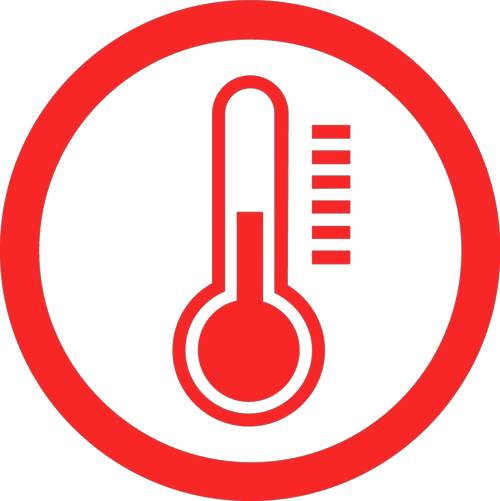
Another potential drawback of increasing the temperature is unwanted reactions. Although your solvent may be able to handle an increase in temperature without bumping, your sample may not fare so well. Ensure that whatever temperature you go up to, it will not cause unwanted reactions inside the vessel.
Moreover, using too high a temperature could increase your evaporation rate to a point that the chiller can’t keep up. In this case, the coolant isn’t able to condense all of the vapor flowing into the condenser. The unevaporated solvent vapor will continue to flow through to the vacuum pump instead of condensing into the condensing flask. The solvent vapor can damage the pump and shorten its lifespan. Potentially toxic vapors may also go through the pump and be released into the atmosphere. To avoid this, use the rule of 20 and ensure that the coolant is always at least 20°C cooler than the vapor temperature.
Vacuum Pressure
One of the main reasons to use a rotary evaporator is to reduce the boiling temperature of the solvent by using vacuum to lower the pressure within the system. So it makes sense that increasing the vacuum and lowering the pressure further should help. This is true, to a point. If you increase the vacuum by too much or too quickly, you risk bumping or foaming. Foaming occurs when samples contain surfactants and small bubbles (foam) appear on the surface. This can typically be mitigated by monitoring the sample carefully and increasing the vacuum slowly.
Decreasing the pressure in the system can also cause too fast an evaporation rate. If the solvent doesn’t have time to evaporate in the condenser, the uncondensed vapors could find their way to the vacuum pump.
Rotation Speed
The rotation speed is another parameter that can be adjusted to maximize the efficiency of the extraction process. However, increasing the rotation speed can cause mechanical stress and lead to sample loss or contamination. Therefore, it is important to carefully balance the rotation speed to achieve optimal extraction efficiency without compromising the quality of the sample.
In summary, increasing each parameter can have potential drawbacks. Therefore, it is important to carefully balance these parameters to achieve optimal extraction efficiency without compromising the quality of the sample. By carefully considering these factors and adjusting the parameters accordingly, researchers can maximize the efficiency of their extractions while maintaining the integrity of their samples.
Tips for Using a Rotary Evaporator:
1. Choose the Appropriate Flask Size
Choosing the right size of flask is crucial in maximizing extraction efficiency with a rotary evaporator. Using a flask that is too small can result in loss of material while using one that is too large can lead to longer evaporation times. Therefore, it is essential to choose the appropriate flask size for the sample being extracted.
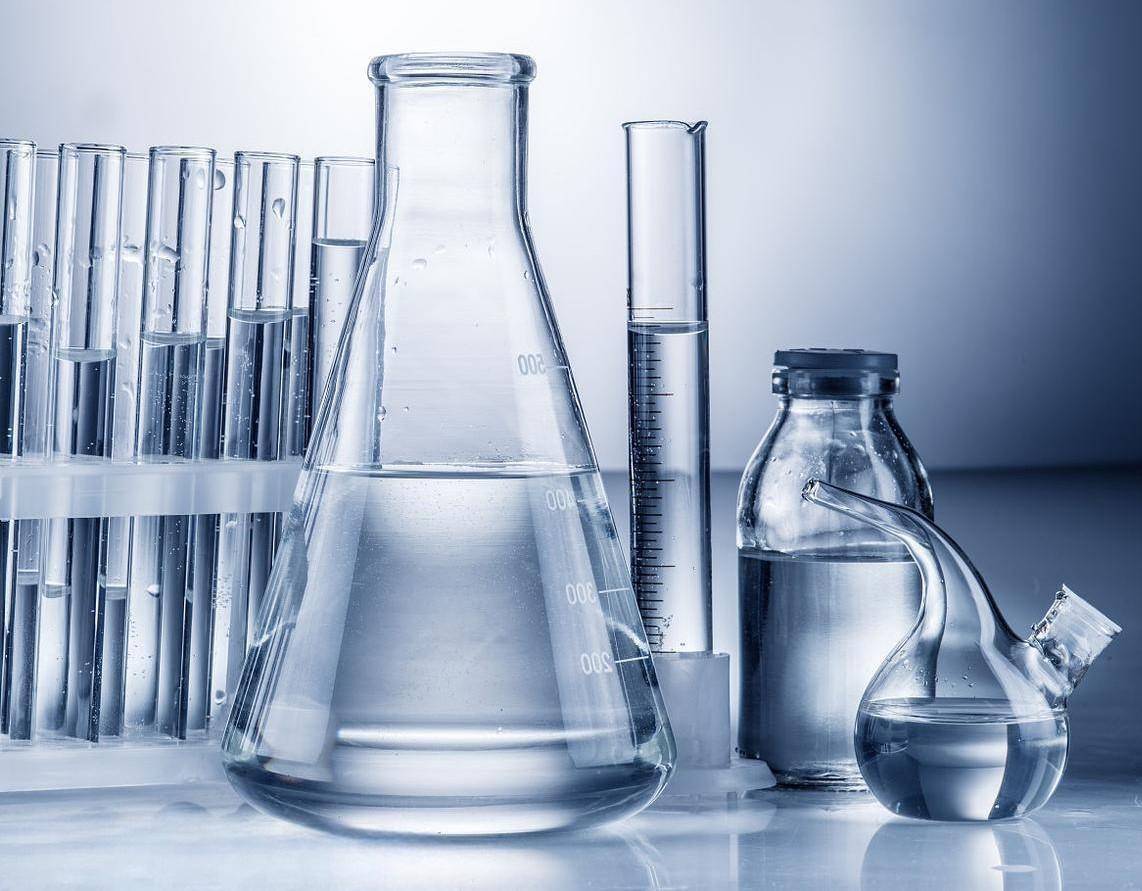
2. Distribute the Sample Evenly
To improve efficiency, ensure that the sample is evenly distributed across the surface of the flask. This will help to maximize extraction by exposing more of the sample to the solvent.
3. Set the Temperature and Vacuum Levels Accurately
Properly setting the temperature and vacuum levels is critical in maximizing extraction efficiency. The temperature should be set just below the boiling point of the solvent, and the vacuum level should be adjusted to maintain a steady rate of evaporation.
4. Monitor the Progress of the Extraction
To avoid over-evaporation or incomplete extraction, it is essential to regularly check the progress of the extraction by monitoring the volume of the remaining solvent.
5. Clean and Maintain the Rotary Evaporator
Properly maintaining and cleaning the rotary evaporator can also improve efficiency and ensure accurate results. To prevent algae gunk from building up in the coiled water condenser, regularly remove and soak the condenser coil in a dilute nitric acid solution for a few hours. After rinsing the insides, reassemble the rotary evaporator.
By following these tips, laboratory professionals can maximize their extraction efficiency with a rotary evaporator.
Conclusion
In conclusion, using a rotary evaporator can significantly improve the efficiency and effectiveness of extraction processes. It allows for the removal of solvents, leaving behind a more concentrated sample. Selecting the appropriate vacuum pump and other crucial pieces of equipment is essential for optimal performance. However, increasing parameters such as temperature and pressure may lead to potential drawbacks that need to be carefully considered. By following tips such as pre-cooling the sample and adjusting the rotation speed, users can further enhance the extraction process. Overall, a rotary evaporator is a valuable tool for any laboratory looking to maximize extraction efficiency.
Produtos relacionados
- Crisol de Evaporação para Matéria Orgânica
- Bomba de Vácuo Rotativa de Palhetas de Laboratório para Uso em Laboratório
- Bomba de Vácuo de Circulação de Água de Bancada para Uso em Laboratório
- Bomba de Vácuo Vertical de Circulação de Água para Laboratório
